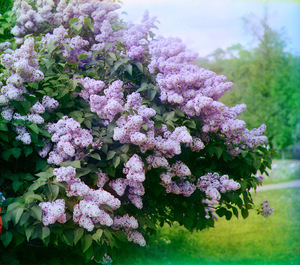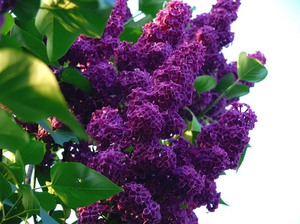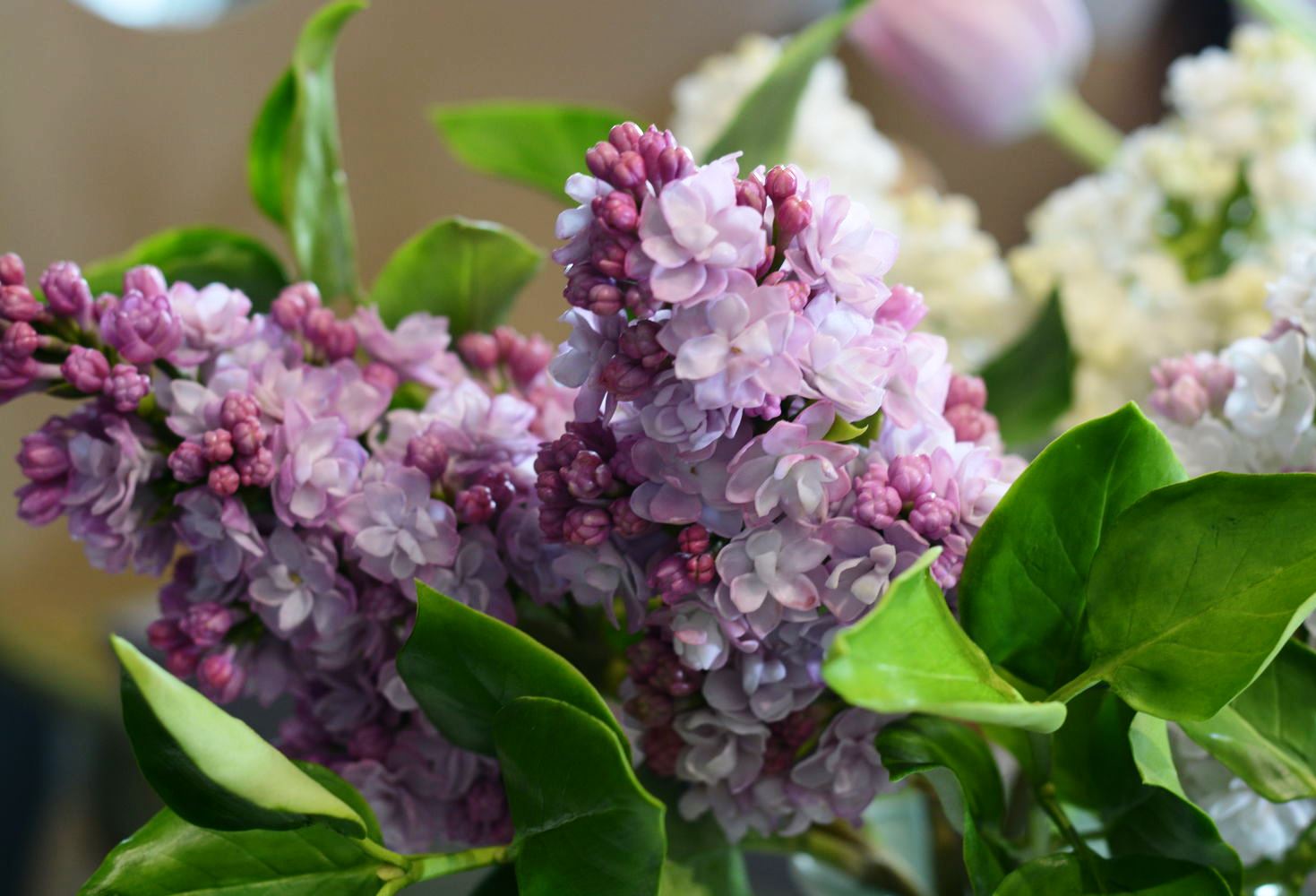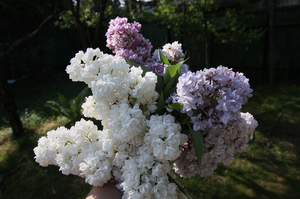Lilac is a short tree, a bush with a pleasant heady aroma. The flowers are arranged very densely, so much so that the green twig on which they grow is almost invisible. The shade of flowers can be purple, pink, white and even burgundy.
Description
Each type of lilac, who would have thought, differs from each other even in aroma. For instance, white smells much sweeter... But the pale pink has a subtle aroma. Some people even claim that it is odorless at all. The shape of the flower can also be different. According to the structure of the flower, lilacs are divided into three main types:
- simple;
- semi-double;
- terry.
Depending on the species and it blooms at different times. This usually happens in May. However, weather conditions can shift the lines slightly when it starts to bloom. For example, if spring is an early lilac can bloom in the first week of May. If it's cool, then the last one. In Moscow, it usually blooms in the second half of May... But there was such a thing that lilacs bloomed in Moscow in the first week of June. Therefore, the duration of flowering is different and depends on the air temperature. If it is not too hot, it will bloom for several days longer.
The healing properties of lilac
 Nowadays, this plant is widely used for medicinal purposes. But our distant ancestors did not love and were even afraid of him. The lilac bush was considered a harbinger of death. If someone, God forbid, brought at least one branch of lilac, then there will be trouble. It was believed that soon someone in the house would be seriously ill or even die. There is no mysticism in this. The reason for this fear turned out to be simple. Today, this fear of our ancestors can be easily explained. It is known that the smell of lilacs is often causes allergies and asthma attacks... Which, in turn, can lead to death.
Nowadays, this plant is widely used for medicinal purposes. But our distant ancestors did not love and were even afraid of him. The lilac bush was considered a harbinger of death. If someone, God forbid, brought at least one branch of lilac, then there will be trouble. It was believed that soon someone in the house would be seriously ill or even die. There is no mysticism in this. The reason for this fear turned out to be simple. Today, this fear of our ancestors can be easily explained. It is known that the smell of lilacs is often causes allergies and asthma attacks... Which, in turn, can lead to death.
If a person suffers from bronchial asthma, then he should avoid contact with this plant. In no case should you plant near your home. Despite this, lilacs are widely used in the treatment of human ailments. Tinctures and ointments are made from the color. Ointments effectively treat joints. Alcohol tinctures reduce heat. And they even take it internally. But with these procedures, you need to be extremely careful.
Care
It is believed that lilacs are among the most unpretentious plants. However, we all understand that everyone needs care, without exception. We want to admire the exuberant and fragrant color, which means that we will have to give our attention and care in return. The most important thing in care is regular soil loosening... Especially when the lilac is young. Loosening contributes to good access of moisture and air to the soil. Lilacs should be protected from frost in spring and drought in summer.
Watering
Water this plant in the first half of summer. If the weather during this period is not rainy, watering should be abundant and deep. Up to approximately thirty liters per square meter. In the second half of summer, lilacs can be watered in case of severe drought. Excess moisture during this period can lead to re-awakening of the kidneys.
Fertilizer
Proper nutrition is also an important condition for the full growth of lilacs. This plant needs almost all basic chemical elements. Among them are nitrogen, phosphorus, calcium, sulfur, iron, iodine, fluorine, zinc and this is not the whole list. You need to fertilize the bush when it reaches the age of two. Fertilized three times a year... The first feeding is done immediately after the snow has melted. The second and third with an interval of twenty days. The ideal material for feeding is humus or rotted manure.
Pests and diseases
Let's take a look at the most common diseases, these are:
- mosaic;
- calcium spot;
- necrosis;
- verticillary wilting;
- late blight.
 To easily recognize these sores, let's take a look at their description. The mosaic is manifested in the appearance of small yellow spots on the lilac leaves. With severe damage, the leaves curl and the plant eventually dries up. Calcium spot Is a viral disease. It is transmitted by cutting and by vaccination. It appears in the form of various patterns on the leaves. Necrosis is a very common bacterial disease. It appears in the form of wilted leaves and lilac tops. It is especially common in cold and wet years.
To easily recognize these sores, let's take a look at their description. The mosaic is manifested in the appearance of small yellow spots on the lilac leaves. With severe damage, the leaves curl and the plant eventually dries up. Calcium spot Is a viral disease. It is transmitted by cutting and by vaccination. It appears in the form of various patterns on the leaves. Necrosis is a very common bacterial disease. It appears in the form of wilted leaves and lilac tops. It is especially common in cold and wet years.
Verticillium wilting is a fungal disease. Leaves in the presence of this disease turn yellow and wither. The disease is very complex and incurable. Affected bushes are destroyed by burning. Late blight is evidenced dried and blackened buds... Brown spots are visible on the bark and leaves. This disease is treated by spraying with Bordeaux liquid.
Lilac as a symbol of spring with a heady scent. It personifies the awakening of nature after a long sleep. Enjoying its aroma and admiring the lush color, we firmly believe in the beginning of a new and happy stage of our life. May it be so and only so.


